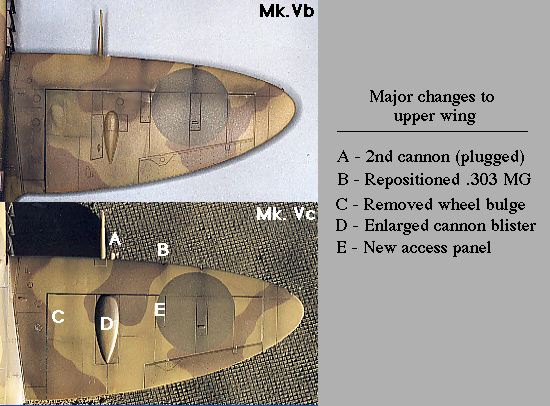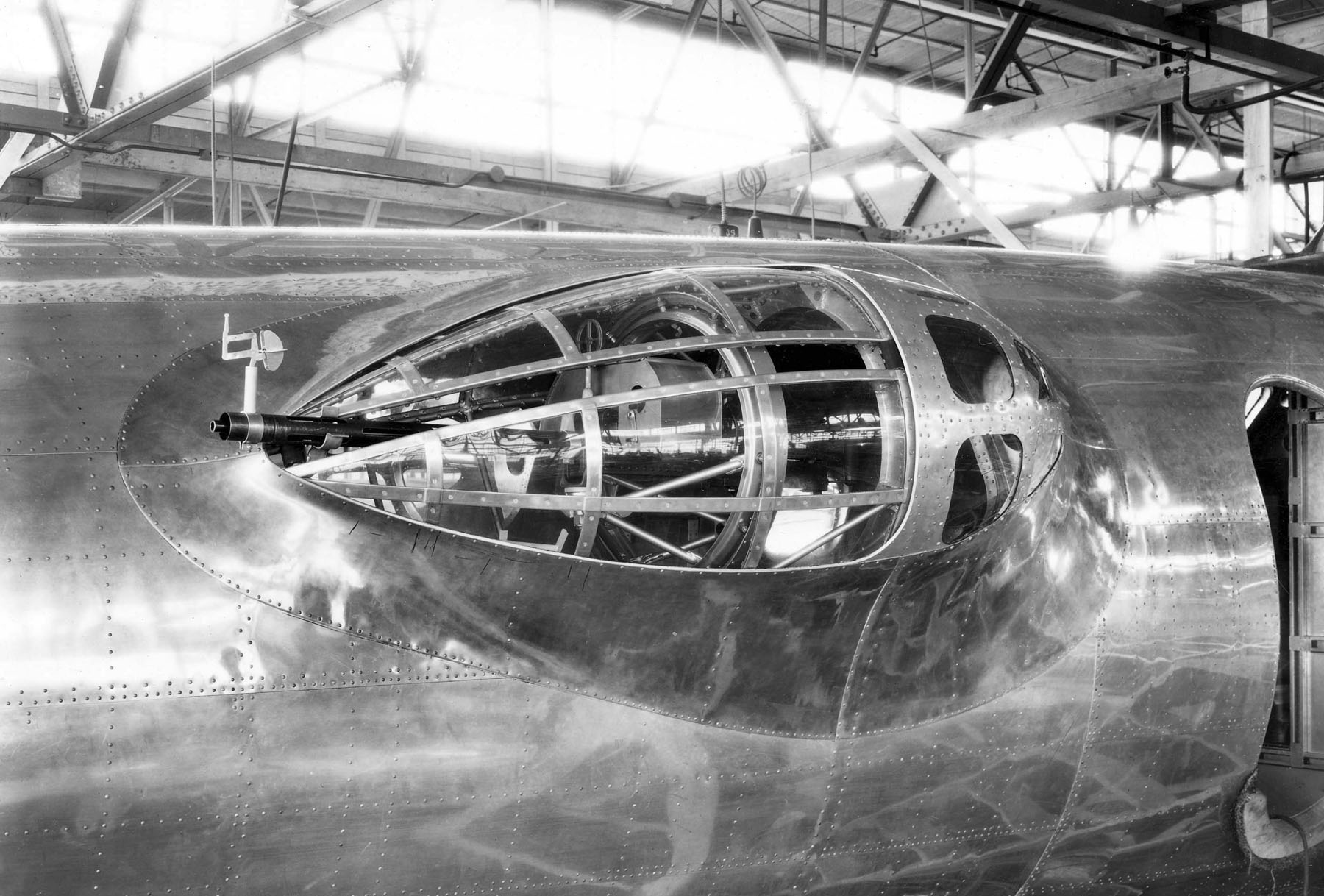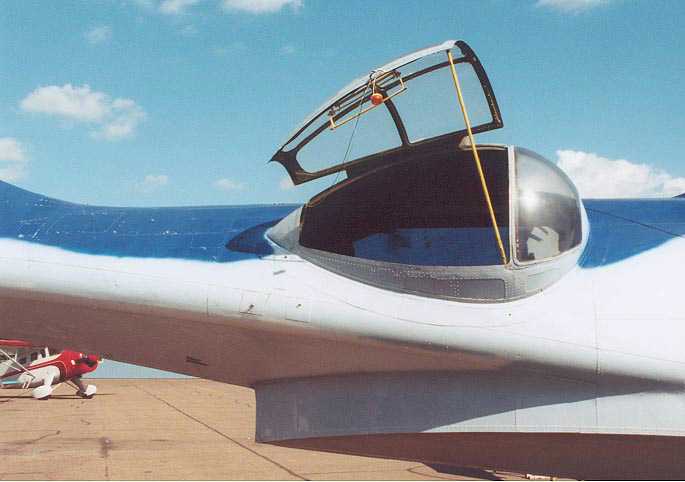Quote:
Originally Posted by aerohead

All seven images,when viewed from above (plan view)are teardrops,with aft-body plan-taper to a point.
|
A 3D illustration of these shapes would be interesting, be it unnatural for some.
Quote:
Originally Posted by Frank Lee

Hmmm, what does the clear advantage Shape 1 enjoys over Shapes 2 and 3 say about the unimportance of the leading edge shape?
|
Unimportance?
I don't want the aero-template shape which is without a canopy to be confused with these studies, do you? I just want to take a moment to clarify and avoid false or inaccurate transference of old quotes to these unique conditions.
The only previous discussions I recall on canopies have dealt with the length ratio being doubled from the aero-template 5:1 to an elongated 10:1 (length/width).
There have been many warnings by Aerohead about intersecting planes and their unpredictability on the final outcome regarding canopies and wheel bulges/blisters.
I'm going to assume no fillet or rounded corners with these canopies illustrated , plus they are on a flat plane or deck - similar to some solar cars.
Symmetrical blisters are certainly in the minority, how long has this data been out there?
Example below of a WWII cannon blister (like a canopy on a flat plane).
Spitfire Vc by Ian Robertson (Tamiya 1/48)

Below, very large plane fillets and closer to being symmetrical than the cannon blister above.
X
B-17 blister turret (pre-WWII)
http://commons.wikimedia.org/wiki/Fi...ter_turret.jpg

A slightly older blister than the other two above - from a PBY seaplane.
http://www.warbirdphotographs.com/WBP/f2k1.htm

The F-16 glass canopy and nose blister (early/mid 1970's) are different from each other. The glass being more symmetrical, the small blister half of our aero-template?
http://commons.wikimedia.org/wiki/Fi...e_20110813.jpg

All of the F-18 canopy (below) and multiple blisters (early/mid 1970's) are close to symmetrical. Click on link for greater detail. Many of these blisters could have been applied to later variants of the craft, thereby illustrating a knowledge of systematical blisters as being more aerodynamic.
http://texasmilitaryaviationjournal....liance_13.html

Later jet aircraft just don't have blisters, not very stealthy. I'm sure there are exceptions and retrofitted equipment which may lead to evidence of an information base.